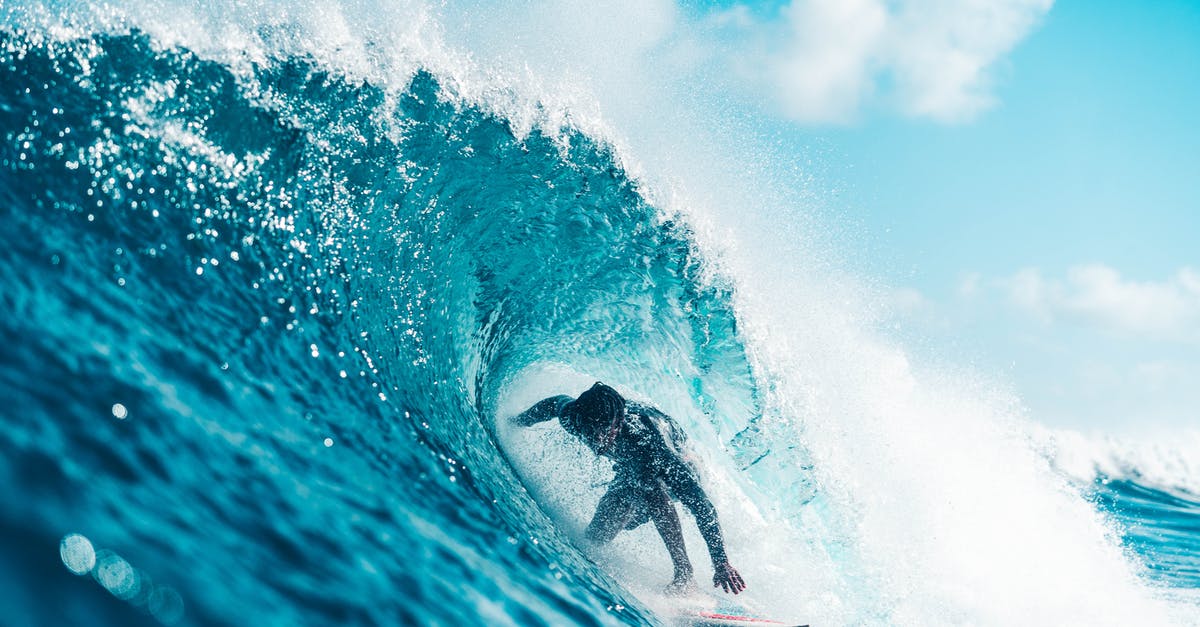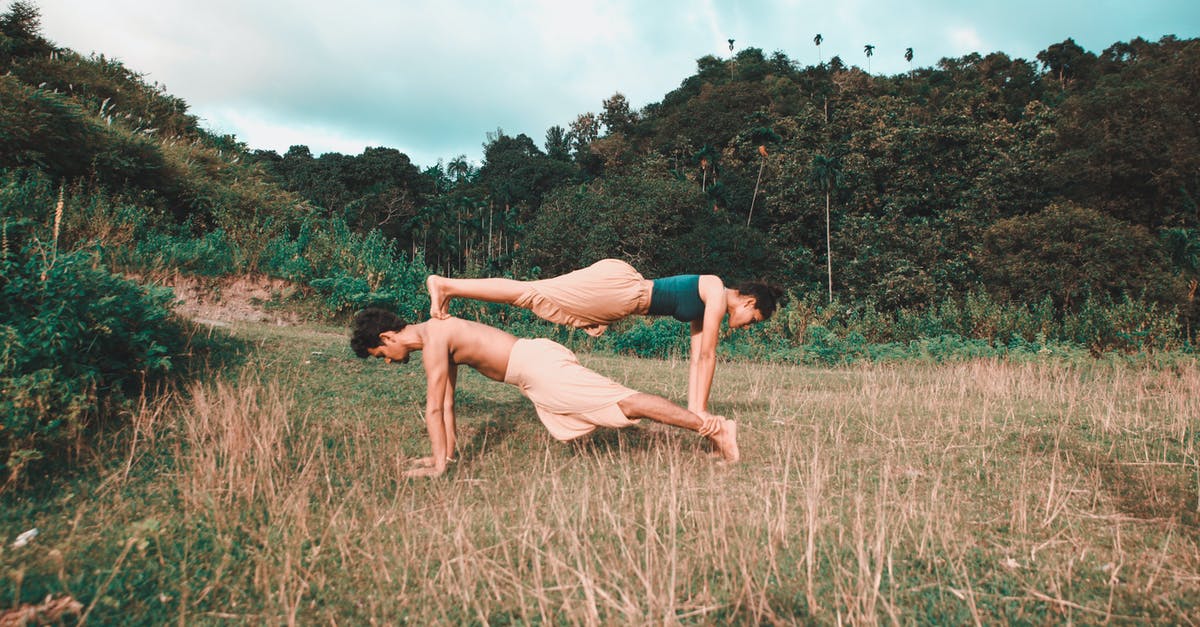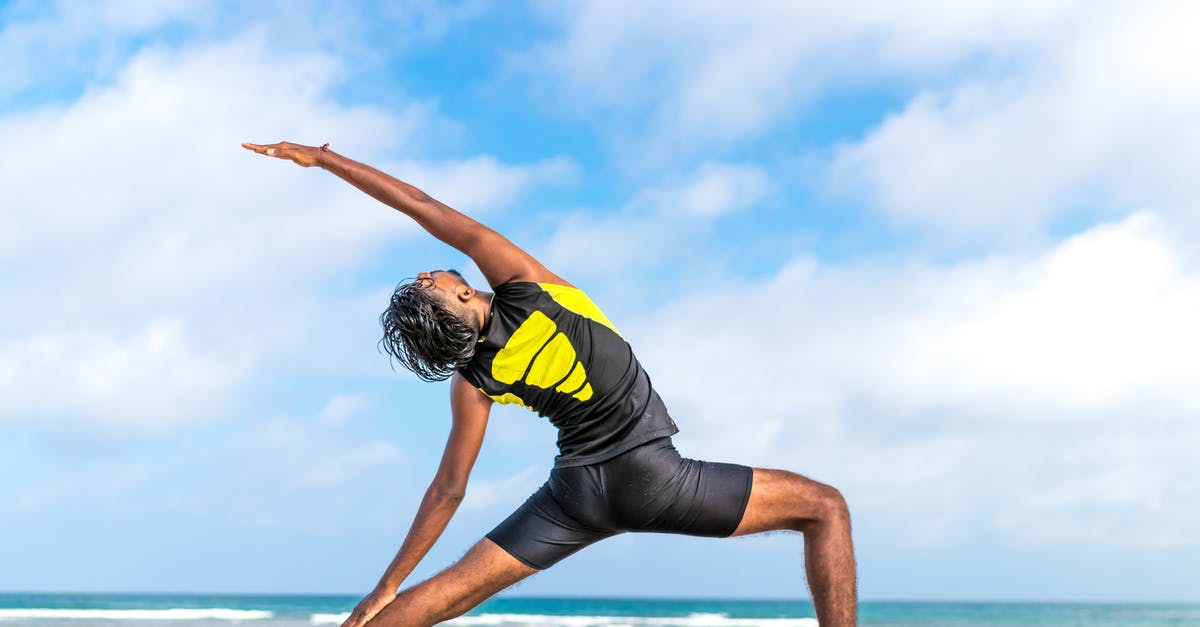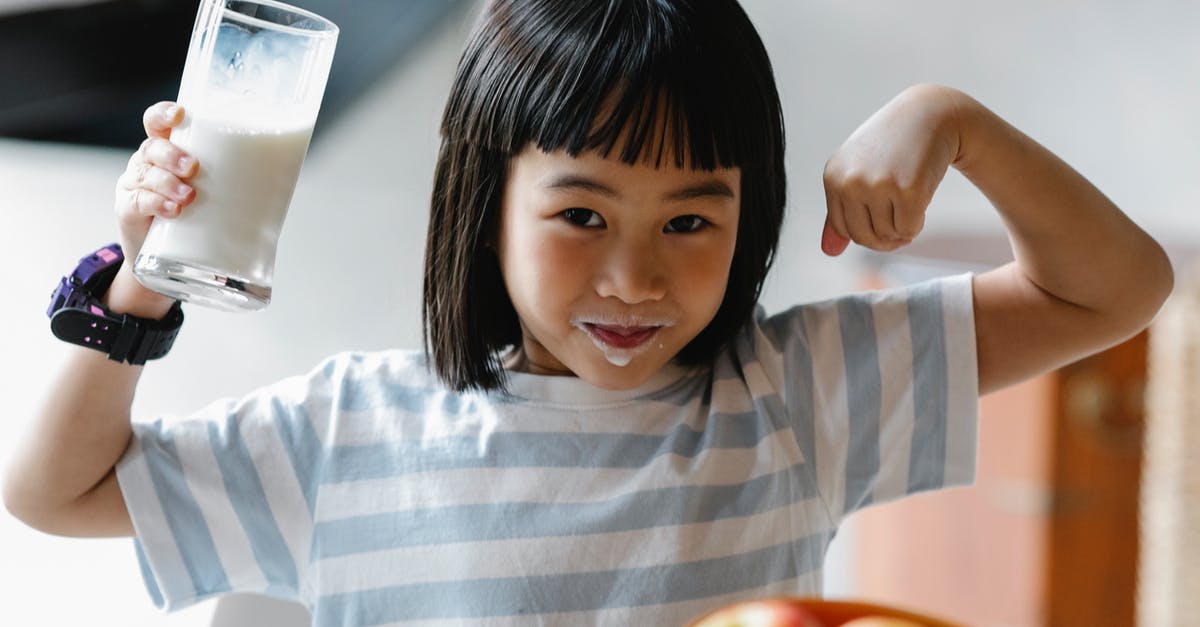How to compare the strength of commercial natural vanilla extracts?

Vanilla extracts usually don't give details on the content of vanilla. Only the main ingredients are listed in descending order of concentration. On the Kirkland brand I saw a figure of 2000ppm naturally occurring vanillin. So:
- How to compare the strength of commercial vanilla extracts?
- How can the consumer properly compare prices for different varieties without details on the concentration of vanilla extracts?
- Are there differences in intensity of different vanilla bean varieties?
Best Answer
By US law, any "pure" vanilla extract must contain at least 35% alcohol and 13.35 oz vanilla bean per gallon; I'm willing to bet companies do their very best to keep the vanilla concentration to exactly that amount and no more. I have no idea why the Kirkland brand talked about ppm. A "pure" vanilla extract lawfully may contain other things besides vanilla, alcohol, and water (e.g., corn syrup), but the best ones don't -- check the ingredient list.
If, by the way, you search the internet, you can find double- and even triple-strength extracts, but these are not sold in the typical megamart and few recipes call for them, so there is little point for the home cook to worry about them.
Unfortunately, your only choice is a taste test (unless you have access to a highly sophisticated food-chemistry lab).
Yes. Vanilla is grown in a variety of tropical and sub-tropical climates, including Florida and Hawaii, but there are three commercially significant places where vanilla is grown: Tahiti, Mexico, and Madagascar.
- Tahitian vanilla is its own variety of plant (vanilla tahitensis); it produces beans with a delicate floral aroma. Many say Tahitian vanilla is the cream of the crop, but it is also the least potent.
- Mexican vanilla (vanilla planifolia) makes bean with a potent, sometimes even funky aroma (funky in a good way), which will provide the greatest vanilla bang for the buck. The main problem is finding a reliable supply. Note that some extracts claiming to be of pure vanilla that were made in Mexico have proven to be vanilla-flavored extracts that do not, in fact, contain any vanilla.
- Madagascar (also planifolia) produces about 70% of all vanilla imported into the US. It is sometimes called "Bourbon" because the French imported the plant back when they were the colonial masters of Madagascar, then called the Island of Bourbon.
Pictures about "How to compare the strength of commercial natural vanilla extracts?"



How to use Vanilla | Vanilla pod, extract, essence, paste, powder, sugar, syrup all explained
More answers regarding how to compare the strength of commercial natural vanilla extracts?
Answer 2
They should do? Commercial vanilla extract is measured by the "fold"
One "fold" is ~13 oz of actual vanilla bean (with less than 25% moisture) crushed and dissolved into a gallon of solution with 35% alcohol
Each multiplier of the quantity of crushed bean means it goes up a "fold". e.g. 52 oz of bean per gallon is "4 fold"
The manufacturer will state the "fold" level on catering packs, on retail packs it will usually be "one fold" unless otherwise stated
There are other vanilla products to try, powder, pastes, whole, and the probably more common "natural flavour", with little or no alcohol. They are hard to compare as they have a different flavour profiles
Compare your typical extract to this Heilala Vanilla
Sources: Stack Exchange - This article follows the attribution requirements of Stack Exchange and is licensed under CC BY-SA 3.0.
Images: Kammeran Gonzalez-Keola, Editor Belal, Artem Beliaikin, Alex Green
